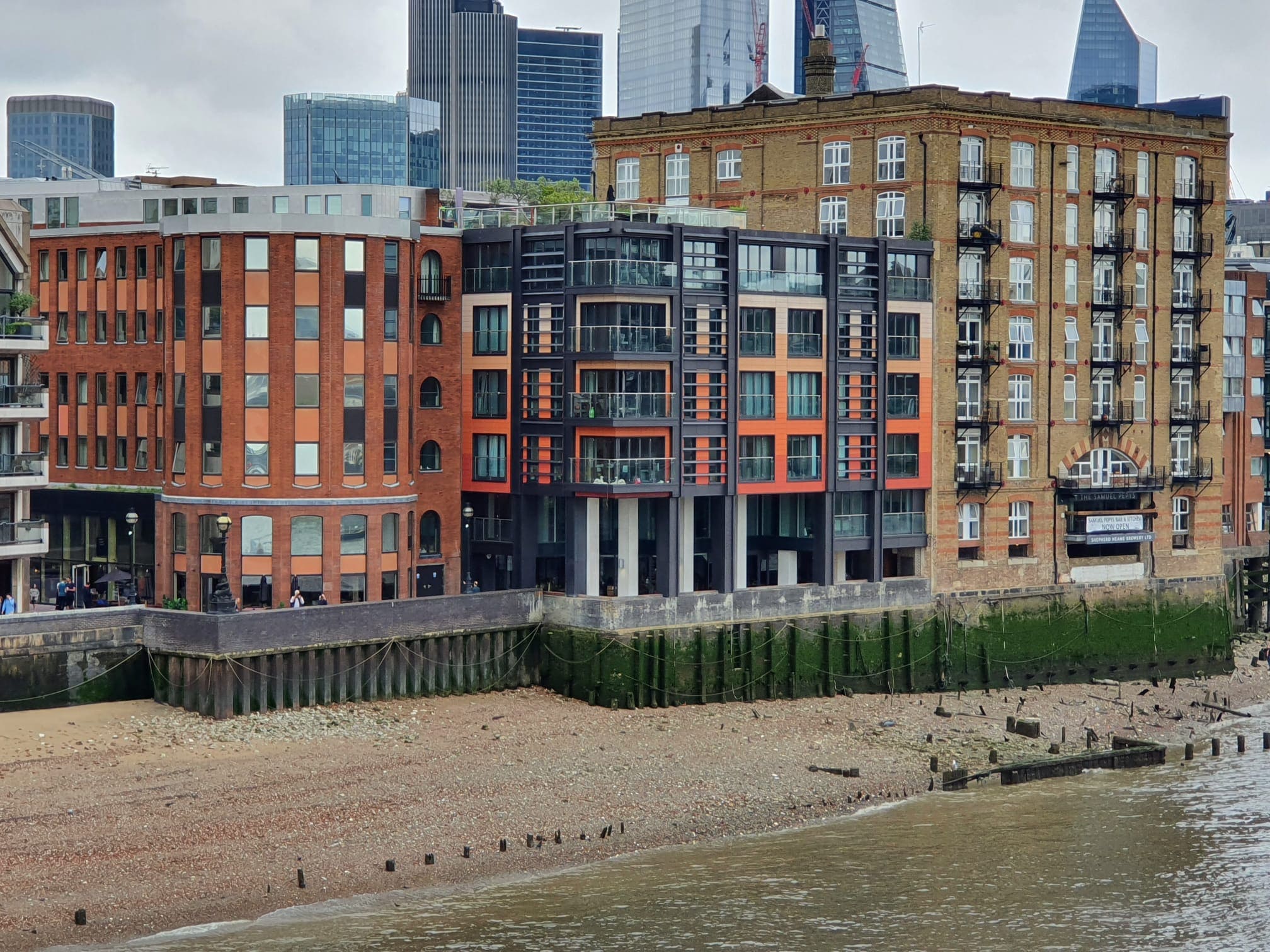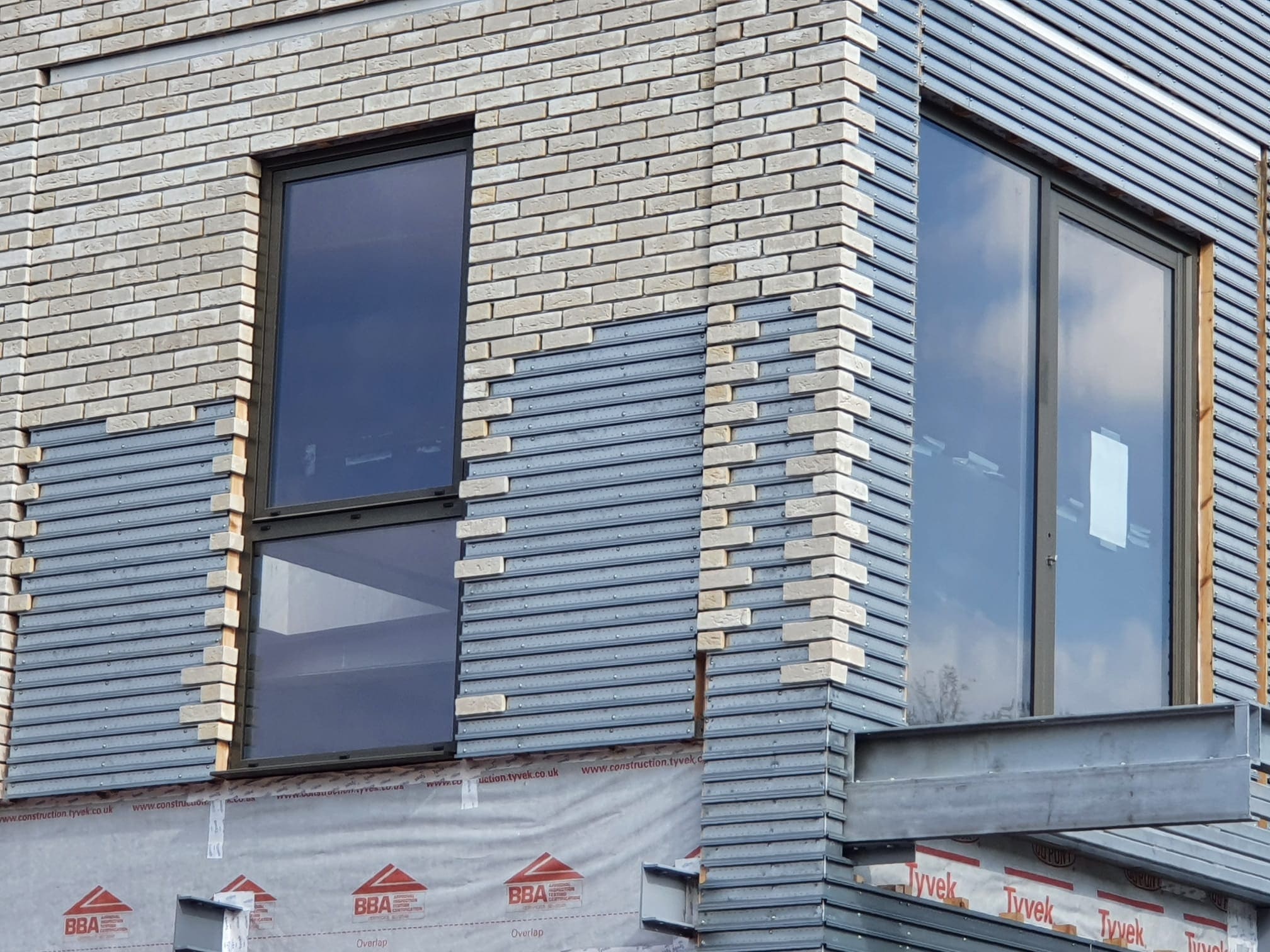11/01/2014
by: Mary-Anne Bowring

Understanding Prior Approvals and Permitted Development Rights (PDR)
The new legislation introduced in May 2013 brought significant changes to the Permitted Development Right, allowing certain types of development without the need for full planning permission. The Prior Approval process determines if these developments can proceed.
New Regulations for Residential and Commercial Developments
The changes allow for larger single-storey rear extensions to residential properties, temporary changes of use for commercial and retail sites, and more flexibility in building regulations for commercial uses, like shops and offices, for up to two years.
Application and Notification Process
Developers wishing to take advantage of PDR need to formally notify local planning authorities with the appropriate documents. This includes providing a written description of the proposed development and submitting relevant plans. The developer must also notify the authority if there are any changes during the development period.
Temporary Use Flexibility for Buildings
Under PDR, buildings designated for specific commercial uses (e.g., restaurants, offices) can temporarily change to different uses, such as retail or office space, for up to two years. The developer must inform the local planning authority before the change begins and notify if further changes are made.
The Role of Local Planning Authorities
The Prior Approval process ensures that the local planning authority has the opportunity to prevent developments that may have negative impacts. However, there may be disagreements over the amount of information required by authorities during the approval process.
Practical Considerations for Developers
While PDR offers flexibility, the developer must meet the local authority’s conditions, and there can be variations in how different authorities handle the process. The changes to the system aim to streamline the approval process and eliminate complications related to impacts.
While PDR offers flexibility, the developer must meet the local authority’s conditions, and there can be variations in how different authorities handle the process. The changes to the system aim to streamline the approval process and eliminate complications related to impacts.
http://www.propnews.co.uk
 1791
1791











Keep up to date
(Weekly, fortnightly or monthly)
To find out more what we do with your data, please read our Privacy Policy

 0
0













